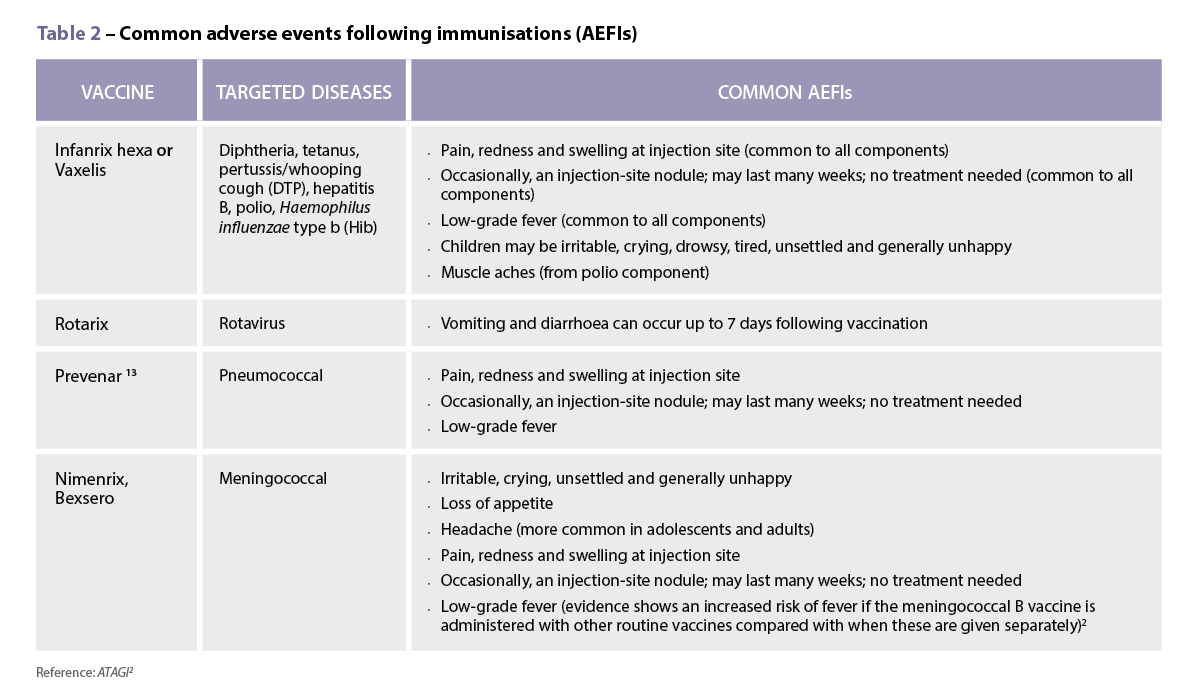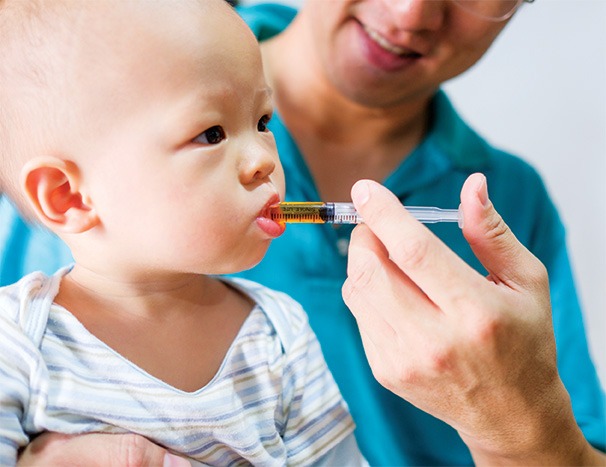When we think patient safety, pharmacists’ minds jump to drug interactions, adverse events or toxic doses. But incorrect patient identification can have equal capacity to do harm – and in the worst cases, death.
The National Safety and Quality Health Service (NSQHS) Standards declare correct identification as one of the five top priorities in its Communicating for Safety Standard. This includes requiring at least three identifiers when care or medicines are provided, and use of a consistent process/approach.
So how does this apply to the practice of pharmacy?
Positively identify all patients
Like all health providers, pharmacists must gather identifying information to positively identify patients before providing services. In dispensing, this is required both at prescription intake, and immediately before supplying the medicine to a patient.
This does not mean just knowing who the patient is, but also ensuring correct records are used. Rather than awkwardly asking a familiar patient their name and address, calling them by their first name then asking for confirmation of their date of birth and postcode can help accurately identify them.
Match all patients to an IHI
Everyone who accesses healthcare in Australia is entitled to an Individual Healthcare Identifier (IHI), and most people in Australia already have one. It uniquely identifies someone in Australia’s health system. It’s also a key to accessing My Health Record.
Clinical software, such as dispense software, retrieves an IHI when enough fields match that person’s record. If you can’t download a person’s IHI, it usually means there are errors in your data (or in some cases, in Services Australia’s data).These are red flags for identification problems and need to be resolved.
Ask patients to verify records but avoid leading questions
Confirming details with patients and their agents when creating records or transcribing details from other records helps avoid an identification error. Questions such as ‘Is your address still …’or ‘Are you Mr Smith?’ will be likely to result in a ‘yes’ response, even if the information isn’t theirs.
Don’t forget collection and deliveries!
Delivery of medicines (including DAAs) is one of the highest risks for wrong-patient identification, particularly where patients share similar names or addresses. Ensure anyone delivering medicines you’ve supplied also uses positive identification techniques – this is especially important when using third parties such as couriers.
Privacy still matters
Positive identification shouldn’t breach privacy – it should protect privacy. Asking for verbal confirmation of residential address or phone number in an open area may not be appropriate. Equally, confirming identity prevents inadvertently sharing the wrong person’s information.
Resources and references
- Australian Commission on Safety and Quality in Healthcare. National Safety and Quality Health Service Standards. 2021. www.safetyandquality.gov.au/publications-and-resources/resource-library/national-safety-and-quality-health-service-standards-second-edition
- Pharmaceutical Society of Australia. Dispensing Practice Guidelines. 2019. At www.psa.org.au/wp-content/uploads/2019/06/5574-PSA-Dispensing-Practice-guidelines_FINAL.pdf
- Hillestad R, Bigelow JH, Chaudhry B, et al. Identity crisis: an examination of the costs and benefits of a unique patient identifier for the US healthcare system. 2008. At: www.rand.org/content/dam/rand/pubs/monographs/2008/RAND_MG753.pdf
PETER GUTHREY MPS is PSA’s Senior Pharmacist – Strategic Policy.



 This CPD activity is supported by an unrestricted education grant by Reckitt.[/caption]
This CPD activity is supported by an unrestricted education grant by Reckitt.[/caption]





 Jess Hadley, community pharmacist and Professional Officer at PDL[/caption]
Jess Hadley, community pharmacist and Professional Officer at PDL[/caption]
 Peter Guthrey, Senior Pharmacist – Strategic Policy at PSA[/caption]
Peter Guthrey, Senior Pharmacist – Strategic Policy at PSA[/caption]


 Professor Margie Danchin[/caption]
Professor Margie Danchin[/caption]

 Dr Peter Tenni[/caption]
Dr Peter Tenni[/caption]
 How should we deprescribe gabapentinoids, according to the Maudsley Deprescribing Guidelines[/caption]
How should we deprescribe gabapentinoids, according to the Maudsley Deprescribing Guidelines[/caption]





